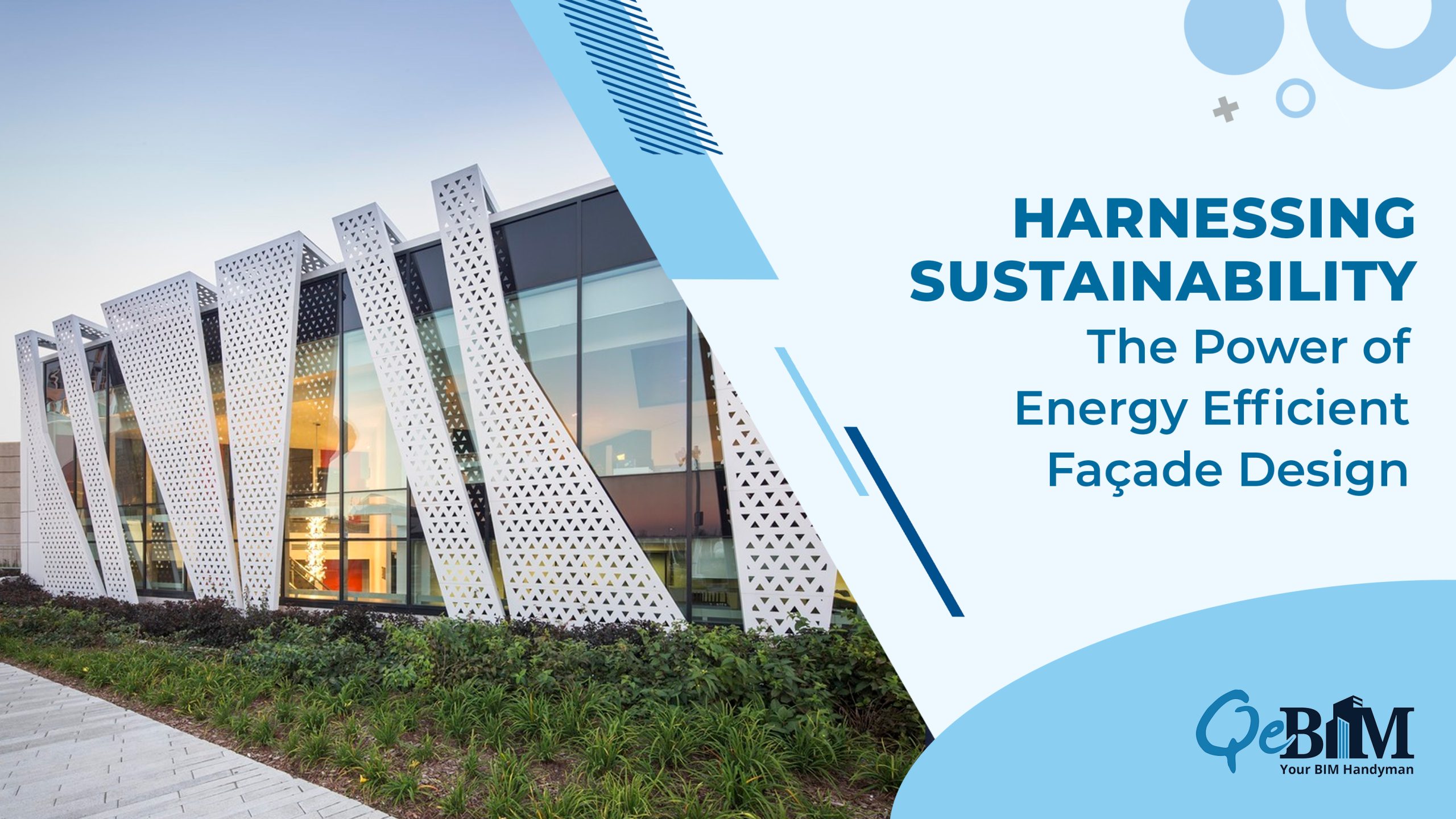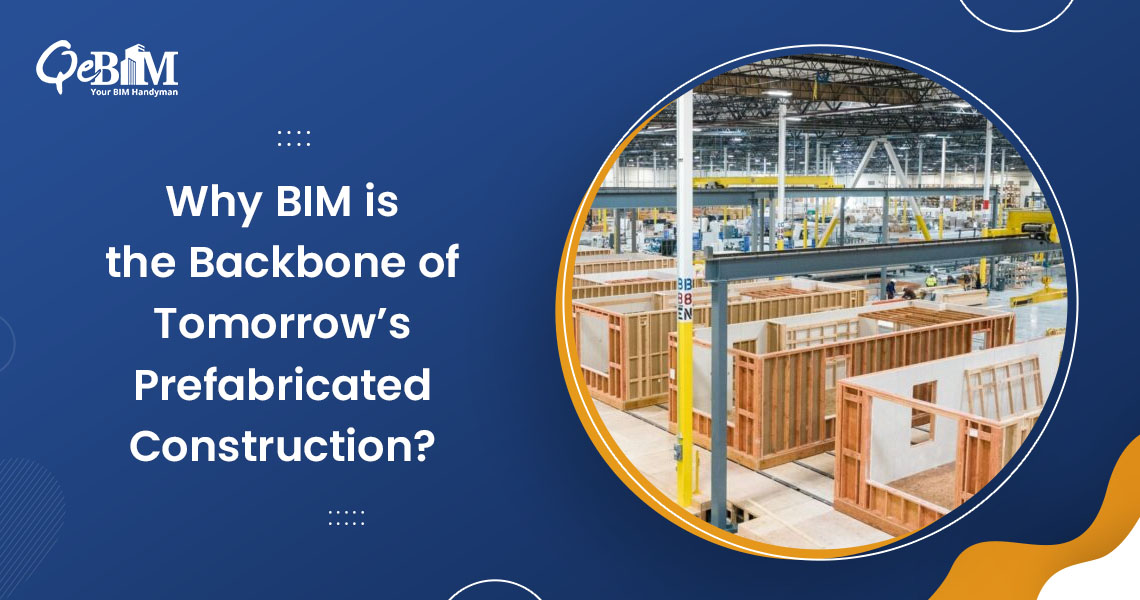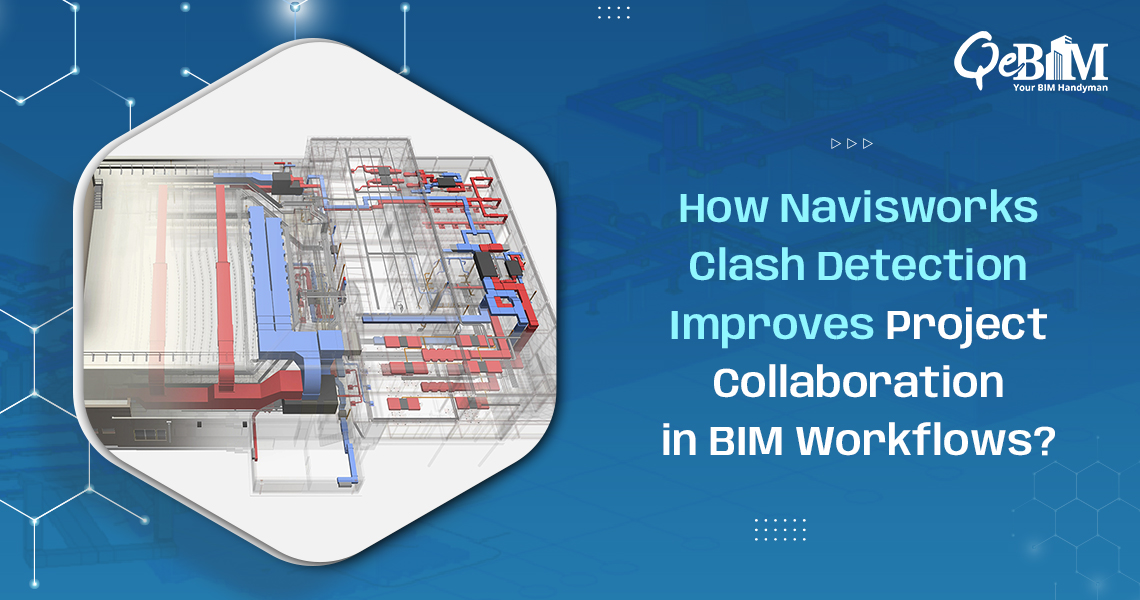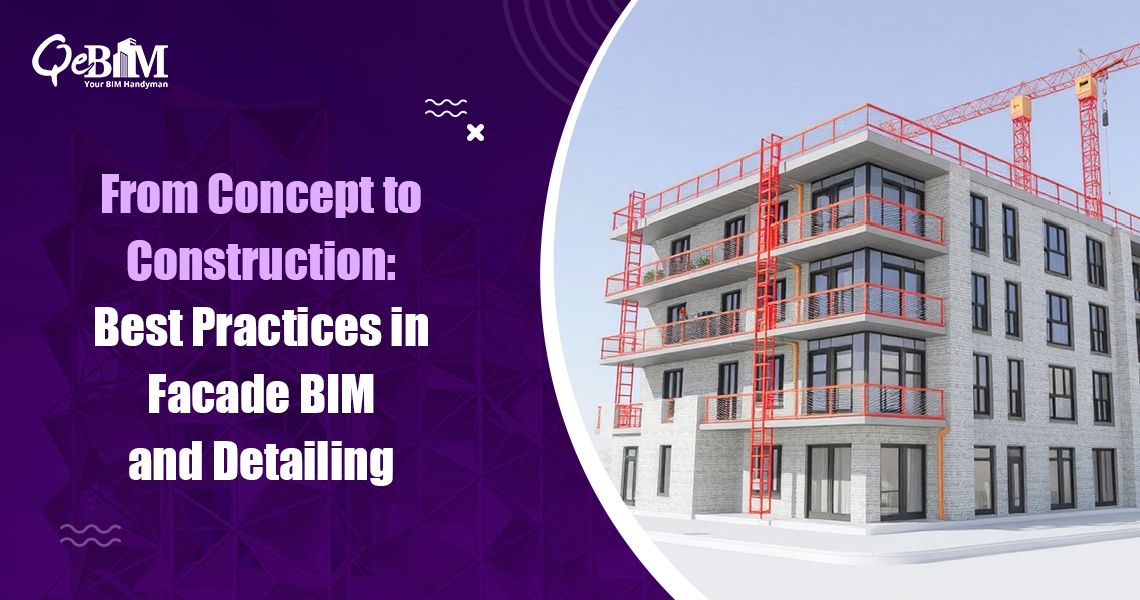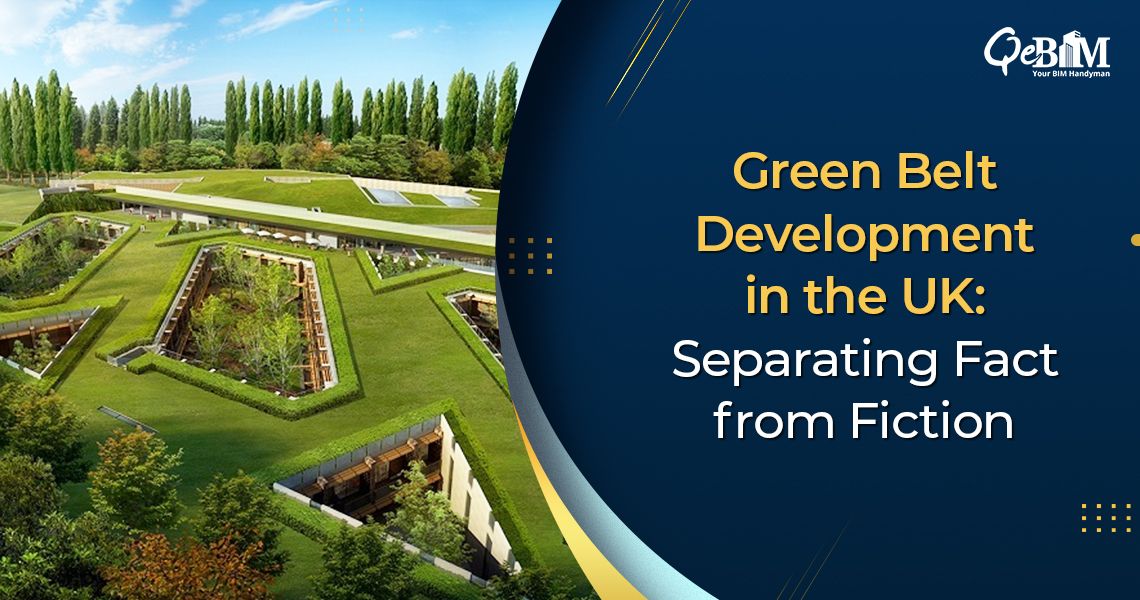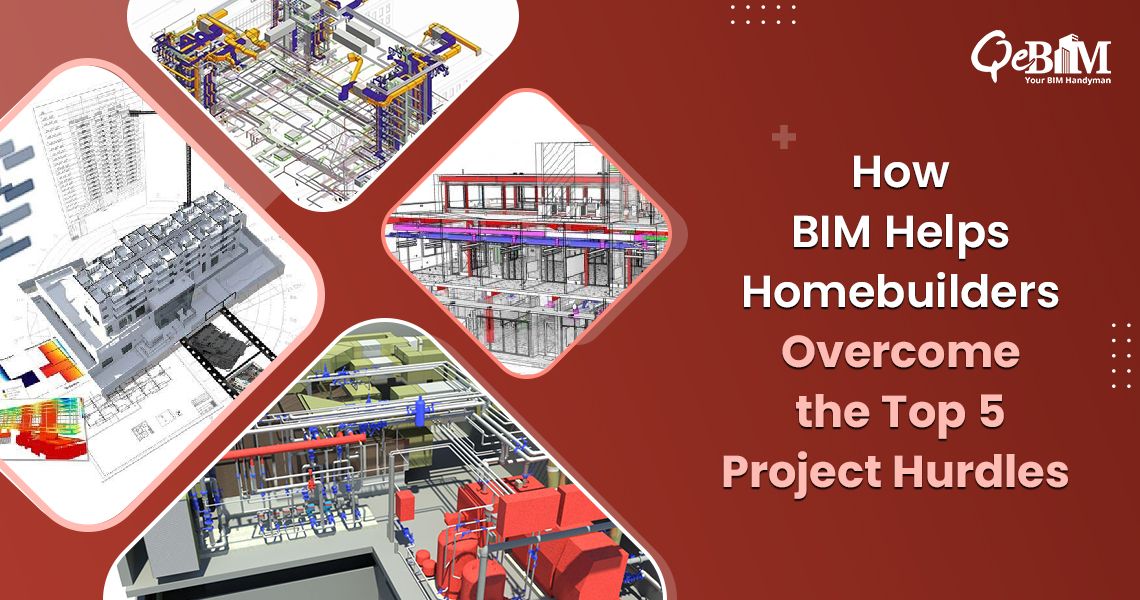Introduction
In the quest for sustainable architecture and reduced energy consumption, façade design plays a crucial role. The façade, as the external face of a building, not only impacts the aesthetics but also significantly affects its energy performance. Architects can create energy-efficient facades that promote a greener and more sustainable future by employing accurate Façade BIM Services, innovative design techniques, and utilizing sustainable materials. This blog explores the key aspects of façade design that can maximize energy efficiency, paving the way for a more environmentally conscious built environment.
1) Building Envelope and Insulation
The building envelope, encompassing walls, roofs, windows, and doors, functions as an obstruction separating the interior and exterior surroundings. An effective building envelope design with proper insulation is essential to minimize heat transfer, ensuring that the building remains cool or unheated in summer and warmer in winter. High-quality and prime insulation materials, such as spray foam or eco-friendly options like recycled cellulose, help reduce thermal bridging and minimize energy loss through the façade.
2) Orientation and Solar Heat Gain
Optimal orientation is a crucial factor in energy-efficient façade design. By carefully considering a building’s positioning concerning the sun’s path, architects can harness natural sunlight for lighting and heating purposes, reducing the need for artificial lighting and heating systems. Additionally, strategically placed shading devices, like louvers or solar fins, can help control solar heat gain during peak hours, mitigating the cooling load and enhancing overall energy efficiency.
3) High-Performance Glazing
Windows are essential elements of a building’s façade, offering natural light and views to the outside. However, traditional single-pane windows are poor insulators, leading to significant energy losses. High-performance glazing solutions, such as double or triple glazing with low-emissivity coatings, gas fills, and insulated frames, can significantly improve thermal performance. During colder months, these windows efficiently retain heat indoors, and in hotter periods, they prevent excessive heat from entering, thereby reducing the dependency on heating and cooling systems.
4) Passive Ventilation
Façade design can incorporate passive ventilation techniques that promote natural airflow within the building. Properly designed vents, operable windows, and atriums facilitate air circulation, allowing for effective cooling and ventilation without the need for mechanical systems. This approach minimizes the energy consumed by air conditioning systems, leading to substantial energy savings and a healthier indoor environment.
5) Green Façades and Living Walls
Green façades and living walls are eco-friendly design elements that enhance energy efficiency. By integrating plants and vegetation into the façade, these green features provide additional insulation, mitigating the urban heat island phenomenon while enhancing air quality. They also act as natural filters, mitigating pollutants and improving the overall well-being of building occupants.
6) Smart Façades and Automation
Advancements in technology have led to the development of smart façades that respond dynamically to changing environmental conditions. Automation systems can adjust shading devices, glazing opacity, and ventilation based on real-time data, such as temperature, humidity, and solar intensity. By intelligently managing these elements, smart façades optimize energy usage and improve comfort levels for occupants.
7) Renewable Energy Integration
Façades can be transformed into energy-generating assets by integrating renewable energy technologies such as solar photovoltaic panels or building-integrated wind turbines. These systems allow buildings to produce electricity, reducing the grid’s dependency and lowering carbon emissions. Integrating renewable energy sources into the façade aligns with the concept of sustainable architecture and demonstrates a commitment to eco-conscious design.
Innovative Façades: Paving the Way to Energy Efficiency
Façade design plays a pivotal role in maximizing energy efficiency in buildings. By implementing sustainable materials, optimizing orientation, utilizing high-performance glazing, and incorporating passive ventilation and renewable energy technologies, architects can create environmentally responsible structures that significantly reduce energy consumption and minimize the carbon footprint. Such buildings contribute to a greener future and offer improved comfort and well-being for their occupants. As the architectural industry continues to embrace sustainable practices with 6D BIM Services, energy-efficient façades will undoubtedly be at the forefront of a more sustainable built environment.
